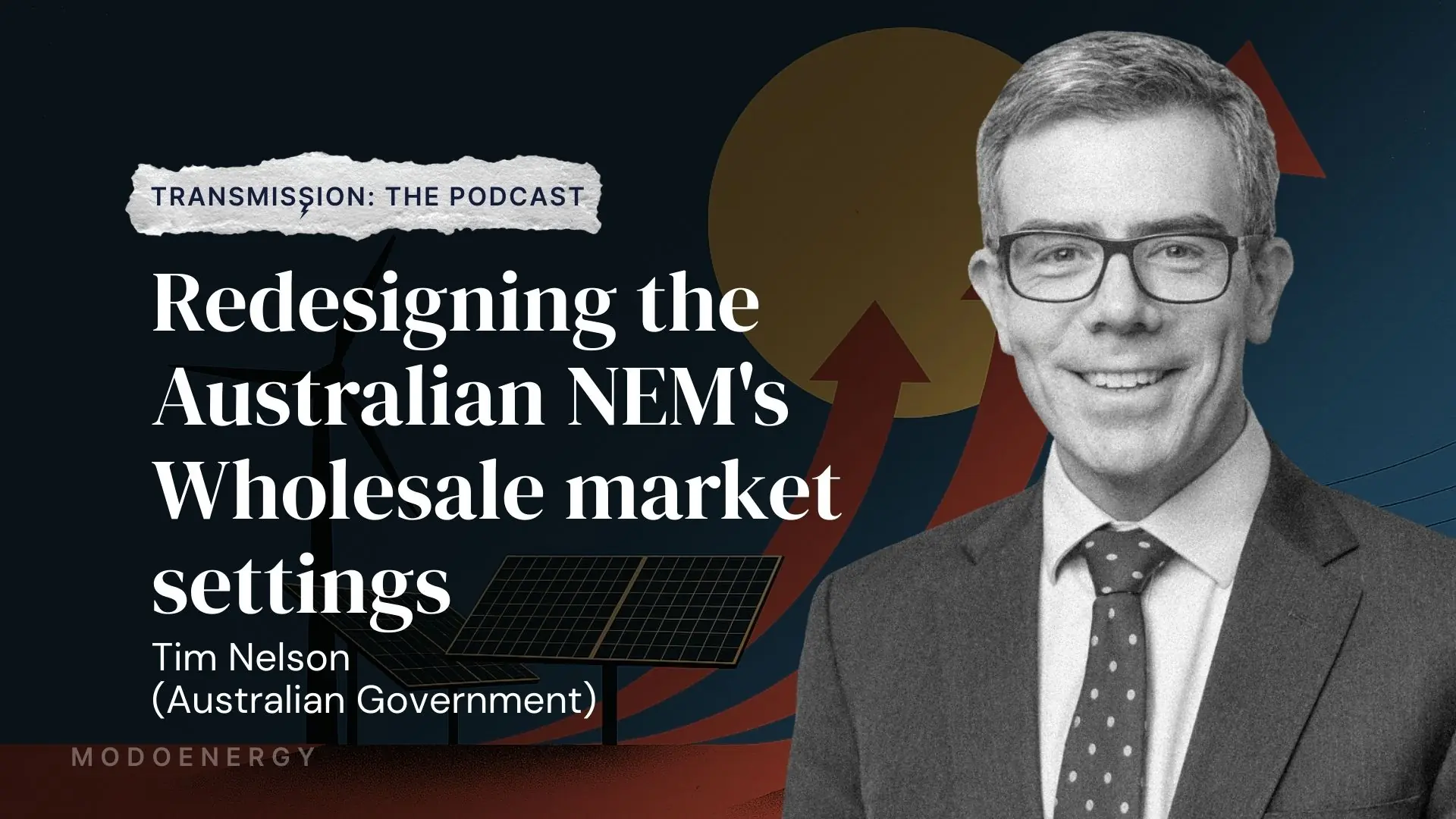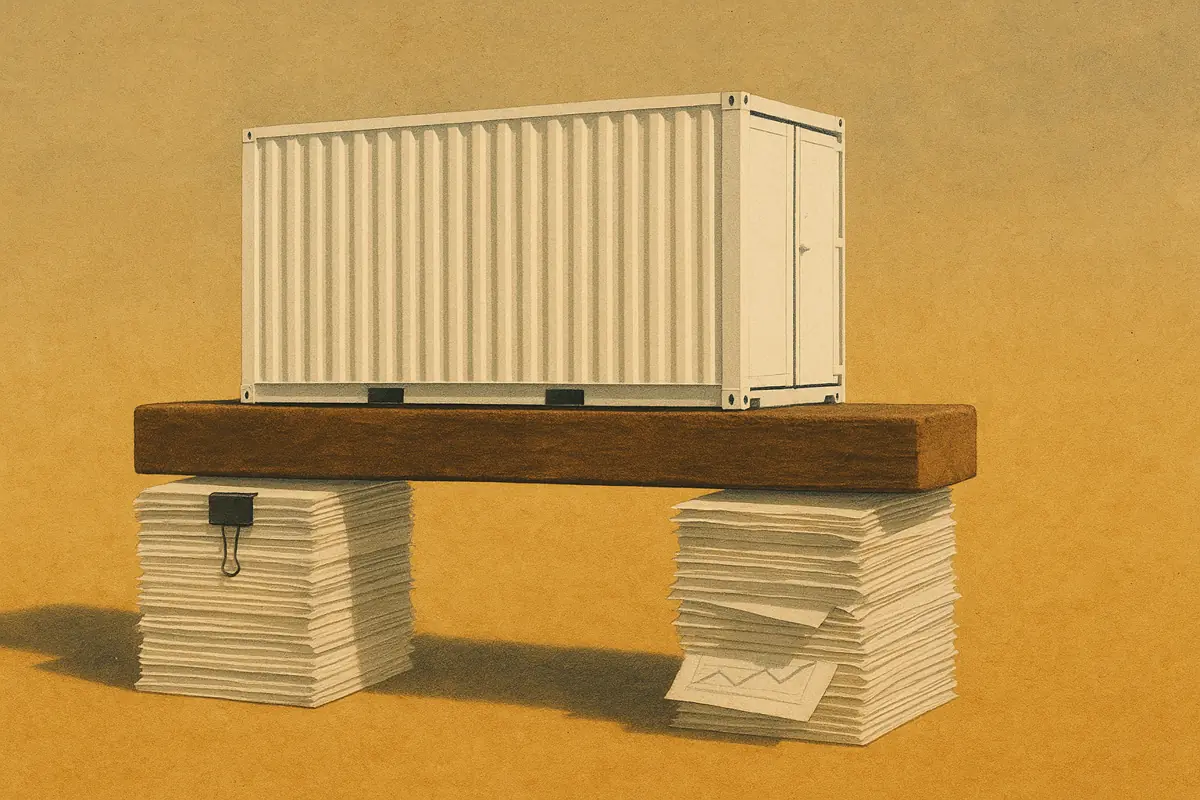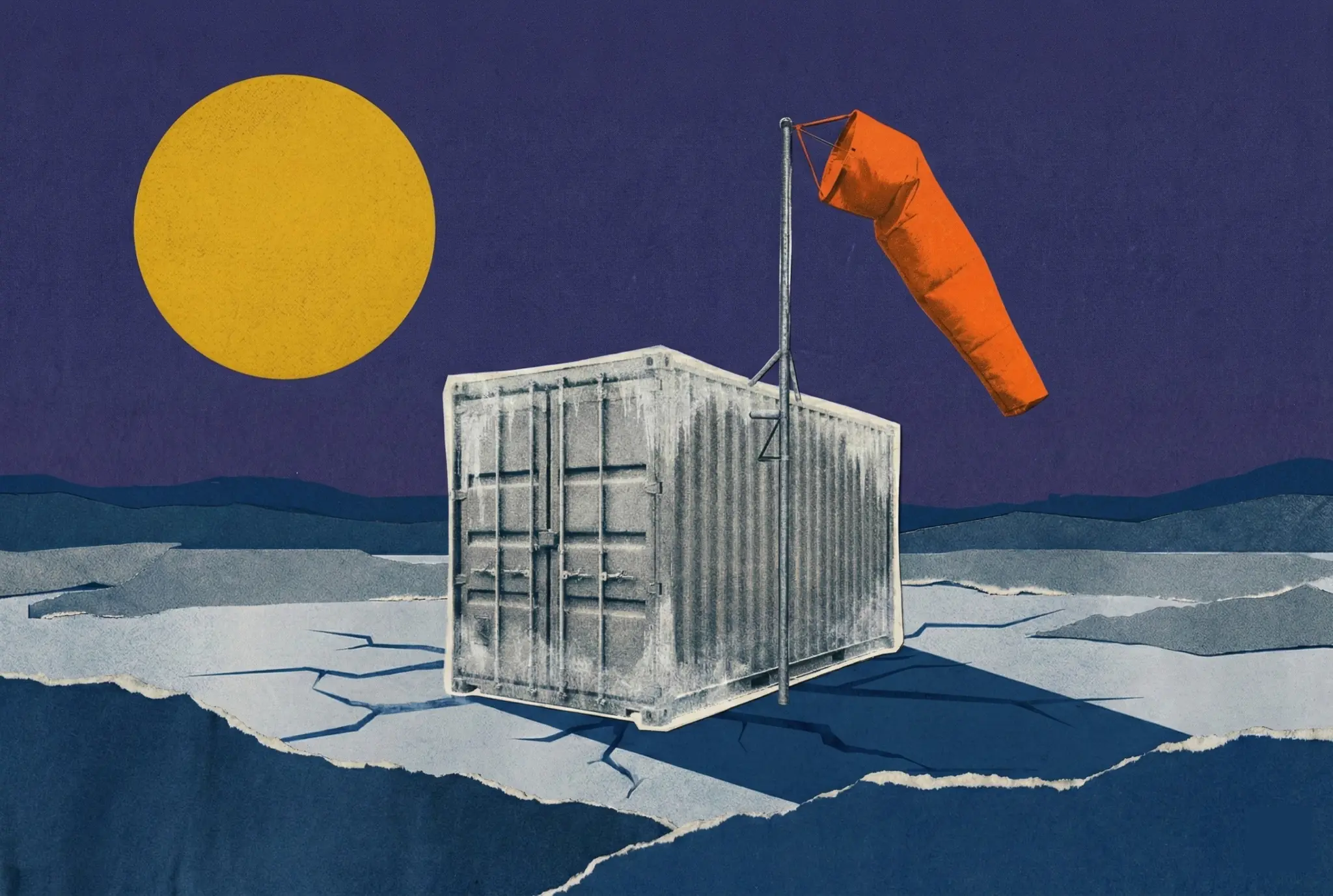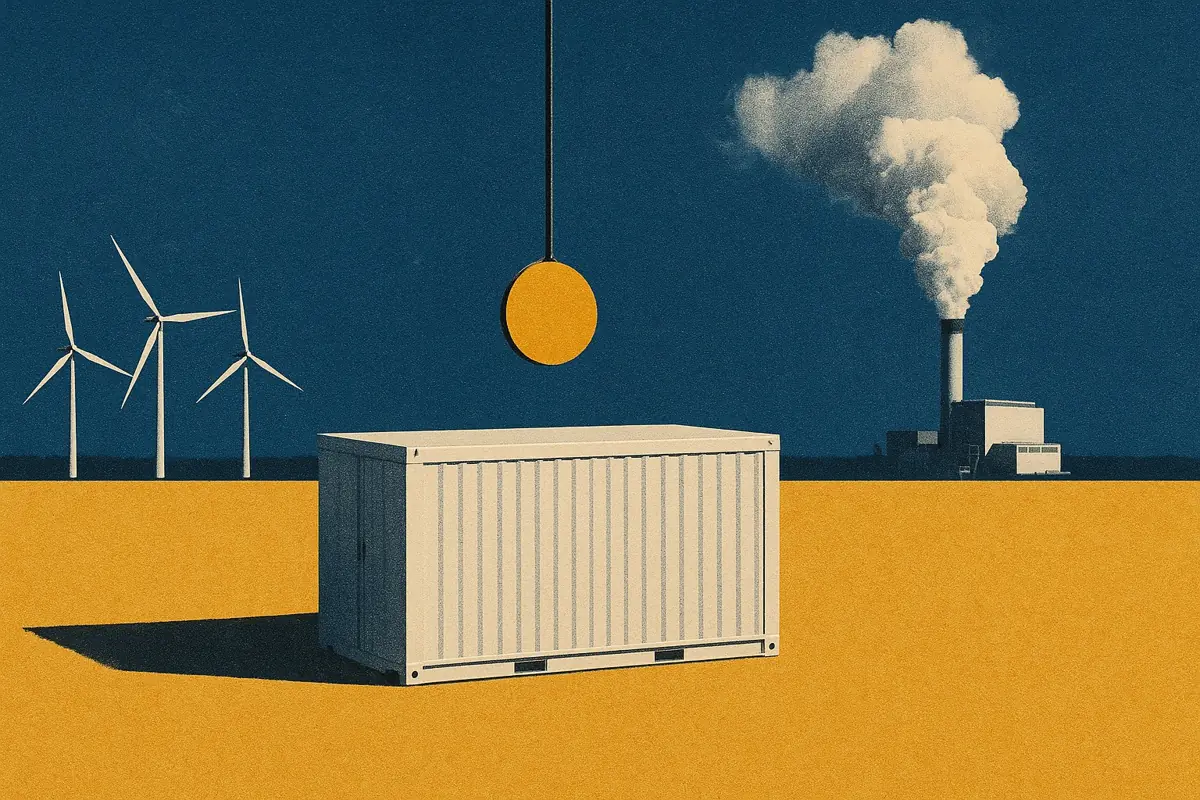In recent months, we’ve seen hugely volatile prices in Dynamic Containment (DC). This volatility has been driven by National Grid ESO’s changing volume requirements, and by dynamic (or elastic) price caps in the DC buy curves. In this piece, we explore the drivers of these changing price caps and volume requirements.
Spoiler alert: changing price caps are driven by the alternative cost of actions (in this case, MFR). Elastic demand curves are driven by the largest infeed/outfeed loss on the system (which, in turn, is shaped by factors including inertia, renewable generation, and interconnector activity).
Read on to find out more, and don’t forget to leave us a comment (at the bottom of the page) to let us know what you think!
What’s shaping these price caps?
The main consideration the ESO takes when setting Dynamic Containment price caps is the cost of alternative actions. This refers to the estimated cost of procuring the same level of frequency response from elsewhere. Here, the elsewhere is Mandatory Frequency Response (MFR). MFR is the real-time frequency response service that large, transmission-connected generators provide. To find out more about MFR, head over to our explainer.
Alternative cost of actions
The price caps in Dynamic Containment, Dynamic Moderation (DM) and Dynamic Regulation (DR) are based on what National Grid ESO thinks it would pay to procure the same level of frequency response from MFR. (Why does the ESO need to procure MFR at all? Check out our recent article, which looks at why MFR remains a part of the ESO’s toolkit.)
The ESO has recently published its ‘exchange rates’. These are factors for converting the volume of MFR needed to compensate for its Dynamic frequency response services. The costs of alternative actions are then based on these exchange rates. You can see the exchange rates in table 1 (below).

One thing that shapes these exchange rates is the speed of response needed for each service. Generally, the faster the response time a service requires, the more MFR is needed to compensate. DM is faster than DR (0.5-1 second response times vs. 2-10 second response times), so the exchange rates are higher for DM. The exchange rate for DCL varies depending on system conditions like inertia.
These numbers also show us how inefficient MFR is, compared to the Dynamic services. For example, the ESO would need to procure over three times as much volume in MFR to make up for a shortfall in DMH.
What drives the cost of MFR?
MFR doesn’t have one simple £/MW/h figure that assets earn for providing it. Instead, it’s made up of four components:
- A response holding cost.
- Positioning costs.
- Reserve for response costs.
- Response energy costs.
(These are explained in more detail in our explainer.)
The ESO forecasts the costs of each of these four elements, a day in advance for each EFA block, in order to set the price caps. They individually depend on prices elsewhere (such as those on offer in the Balancing Mechanism bid stack), the predicted size of requirement, the number and volume of assets available, the energy price, historic frequency, and forward price data.
All these factors change day to day, or EFA block to EFA block, depending on system and market conditions. This is why the buy curves change on both a daily and EFA block basis. Figure 1 (below) shows the buy curves across one day in July 2022. Less volume is required but there is a higher price on offer for EFA 5 (15:00) than for EFA 2 (03:00), which has higher volumes but lower prices.

What’s driving the Dynamic Containment volume requirements?
One thing that drives prices in DC is the quantity of response the ESO requires. Just like any market, supply and demand economics shape how the market moves - i.e. higher demand for DC pushes prices up, and vice versa. With this in mind, what exactly is shaping the service requirements?
Low-frequency Dynamic Containment (DCL)
DCL volume requirements are dependent on the largest loss of generation on the system at any time - also known as the ‘largest infeed loss’. This could be an importing interconnector or large generation unit that suddenly goes down.
The effects of inertia
Infeed loss is also often linked to inertia. Inertia refers to the kinetic energy ‘stored’ in the spinning parts of generators. To quote the ESO, “if there’s a sudden change in system frequency, these parts will carry on spinning – even if the generator itself has lost power – and slow down that change (what we call the rate of change of frequency). Inertia behaves a bit like the shock absorbers in your car’s suspension, which dampen the effect of a sudden bump in the road and keep your car stable and moving forward.” At times of low inertia, which means that frequency can be quite volatile, DCL requirement is generally higher. We can see this in figure 2 (below).

Similarly, when there is a lot of renewable energy on the system - generation which does not contribute to inertia - we see a positive correlation between DCL volumes and the percentage of renewable generation on the grid (figure 3, below).

How is this affecting the buy curves?
This is also played out in the maximum volumes given by the DCL buy curves - i.e. the maximum volume the ESO is willing to procure in any one EFA block. Figure 4 (below) shows the distribution of these volumes, taken from the buy curves, from April - June 2022, for each EFA block and for each month.

- The distribution of volumes is shown for each EFA block and for each month.
- For example, in EFA block 4 during June, the maximum volume is nearly 2000 MW and the minimum volume is around 325 MW. Most of the time, volumes sit between 750 and 1250 MW.
- As we have been approaching the summer months, the volumes generally increase, due to falling inertia.
- There is a significant spread in the target procurement volumes, particularly during those middle EFA blocks of the day when solar PV is generating.
- Potential losses of embedded generation that occur because of large Rate of Change of Frequency (RoCoF) dictate whether the ESO needs to buy more or less DCL at these times.
- When inertia is lower, there’s more chance of a RoCoF ‘event’. This is a frequency trip which causes lots of embedded generation to automatically disconnect from the network, due to Loss of Mains protection settings. This causes frequency to dip even lower, so the ESO buys more DCL to combat this.
High-frequency Dynamic Containment (DCH)
DCH volume requirements are similarly driven by inertia. They are also shaped by the largest outfeed (rather than infeed) loss. Outfeed loss refers to the unit with the largest amount of demand at any time - e.g. an exporting interconnector.
The effects of interconnector activity
There’s a strong correlation between DCH procurement targets and interconnector demand. Figure 5 (below) shows the average DCH volumes and largest interconnector demand (averaged across three-day periods) since January 2022. The red dotted line is the line of best fit. It shows that when interconnectors are exporting more power, DCH requirements are generally higher.

Since around April, GB interconnectors have largely been exporting (whereas they would normally be importing). This means that they represent a larger source of demand on the network than usual. If one were to trip while exporting a relatively large amount of power (such as 1 GW), we could see a significant high-frequency event. But why is this happening? The reason interconnectors are exporting when they would normally be importing is that there have been higher power prices in France than in the UK. This has been driven by French nuclear plant maintenance and the ongoing gas crisis. (To find out more about how interconnectors work, check out our Energy Academy video.)
Over the same time period, inertia has been dropping. This is due to the seasonal impacts of renewable generation. This has all led to the ESO increasing its DCH buy order volumes.
How is this affecting the buy curves?
DCH volume requirements also don’t have the same relationship with embedded generation losses that we see in DCL requirements. This is because these losses would lead to a low-frequency deviation, as opposed to a high-frequency one. Embedded generation tripping due to a large RoCoF represents a loss of generation, not demand. Figure 6 (below) shows the trends in the maximum volumes of the DCH buy curves, similar to how we showed DCL buy curves in figure 4.

- Again, the distribution of volumes is shown for each EFA block and for each month.
- For example, in EFA block 1 during June, the maximum volume is 900 MW and the minimum volume is 400 MW. Most of the time, volumes sit around 800 MW.
- There are not the same patterns of higher procurement targets during the middle of the day that we see in the DCL buy orders, as RoCoF events do not impact high frequency as they do low frequency.
- Available DCH volumes are generally higher overnight, during EFA blocks 1 and 2. This is when demand is lowest.
- Just like for DCL volumes, DCH volumes have been increasing from April to June. Inertia generally decreases as we move into the summer months.
Key takeaways
Dynamic Containment revenues have been incredibly volatile since the ESO adapted its auction design to include changing price caps and elastic demand curves.
- The main force driving these price caps is the alternative cost of actions.
- This is largely based on the assumed cost of the ‘other’ frequency response service: MFR.
- MFR costs are dictated by factors such as system conditions, day-ahead power prices, and the capability fees of those units providing MFR.
- The exchange rate for ‘converting’ MFR costs to DC price caps have recently been published by the ESO.
As for elastic demand curves:
- Elastic demand curves can be explained by considering the largest losses of generation and/or demand on the system.
- These are driven by inertia, and the percentage of demand being met by renewable generation.
- For these reasons, we will continue to see large volumes of DCL and DCH being procured as we move through the summer months, in-line with seasonal conditions.
- DCH volumes will be higher than they may have been, due to GB interconnectors currently exporting power to the continent more often than not.
As ever, we’d love to hear your feedback on this piece. You can use our new comment section (below) to ask us any questions or let us know your opinions.







